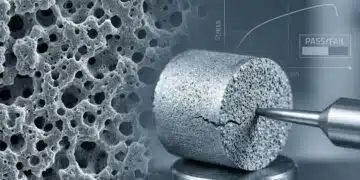This Würth Elektronik webinar presented by Lorandt Foelkel and Marco from Emzer is dedicated to design engineers and explain the basic strategy where to use a power line filter and common mode choke to solve conducted emissions using the strategy of separating differential (DM) and common mode (CM) components, choosing an optimum filter can be applied to past the tests.
The webinar will demonstrate the strategy with a theoretical approach and live demo experiments.
Outline:
- Fundamentals of filter design: here I would explain the different behavior of ferrite materials — Lorandt (ca. 6 minutes)
- How does a a Common Mode Choke (CMC) work and its leakage current ? – Lorandt (ca. 8 Minutes)
- Different Line Filters comparison – Lorandt (ca. 10 Minutes)
- EMI modes: DM vs CM — Marco (ca. 6 minutes)
- Real world example: a real power supply will be evaluated to show how a product is failing in conducted emissions. Then, the DM and CM will be identified, and an optimum filter will be designed and tested solving the problem. — Marco (ca. 18 minutes)
Source:
Würth Elektronik






























